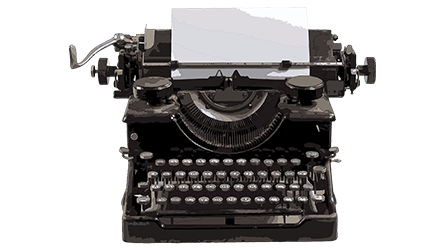A Lesson I learned About Setting Goals
An Adventure In Goal Setting
There’s a great article I was reading some time ago about how people spend a lot more time organizing their professional lives than they do their personal lives. It’s accurate, and the truth is that I meant to write this post a few weeks ago. Three, to be exact.
I was thinking about this sort of thing back during the start of the year during a meeting when I heard someone mention a few different techniques for more effective personal goal setting.
It really hadn’t occurred to me until that moment that I hadn’t really spent very much time trying to organize the different areas of my life. I had a lot of things that I was working on, and I wasn’t really particularly interested in how each one of them was helping me to get somewhere, or improve at something.
I think because of that, it got really difficult to think about the progress I was making in anything other than a binary. “Fixed” “Not fixed.” most things in life don’t really work that way, though. They’re “in progress.” Big changes are even more prone to this sort of disassociation.
So, I did what any sensible hack in my position might do. I divided each area of my life into a category.
This took a little figuring, but I didn’t have to invest too much time into the project before I came up with a grouping I was happy with, and had a few different categories. They included the usual suspects like “professional development,” “community,” and “personal projects.” Really, by the time I was finished, I think I had eight in total.
The next thing I did was spend a little time thinking about the different ways in which each category reflected a different aspect of my character. I thought a little about what that was, and why it mattered to me. I spent a little more time here than I’d like to admit, but in the end, I was able to jot down a few sentences for each area that really explained “why” it mattered in my life.
After that, I spent a few minutes reflecting on where I’d ideally like to be in a year’s time. I wrote those thoughts down, and then thought about what it would take to get there. I wrote thoughts down about that, too.
I went through each area, and as I reviewed my notes, identified a few specific actions I could take to help me get closer to my goal.
I’d like to tell you that after that I did something remarkable, but the truth is, for the first week of the new year, I didn’t do much of anything.
The best part about this system, was that I didn’t feel bad about that, either.
Instead, I went to work thinking up ways I could make it easier to track my goals.
I decided that if I made a simple survey, I could ask myself about my progress in each one of these areas. That way, I could do some basic tracking on my progress and identify the places where I needed to spend more of my attention.
You’d think that’d have solved things, but I stumbled into another problem—not having a way to make the survey front and center meant I wasn’t very likely to fill the thing out. If I didn’t fill the survey out, I wouldn’t have tracking data. Without insight into the progress I was making, well, it wouldn’t be very likely that I’d make any.
So, I made sure that each day at around the same time, I got a reminder on my phone to complete the survey. I’m happy to report that since setting that up, I haven’t missed a single one.
I haven’t quite made the progress I’d hoped for when I started this project, but I have learned something important.
By allowing room in my plan for things to go wrong, I’ve actually made it easier to follow it. I still don’t do as good as I’d like, but it gets a little better every few days, and I’m starting to feel excited about some of the different things I’m working on. It’s still early, but I’m hopeful—and that feels a lot different than most of what I read about goals.

Twitter
Facebook
Reddit
LinkedIn
StumbleUpon
Pinterest
Email